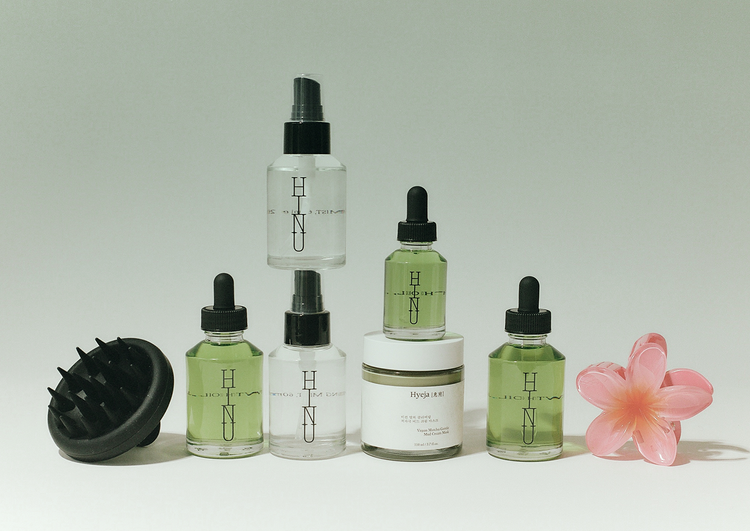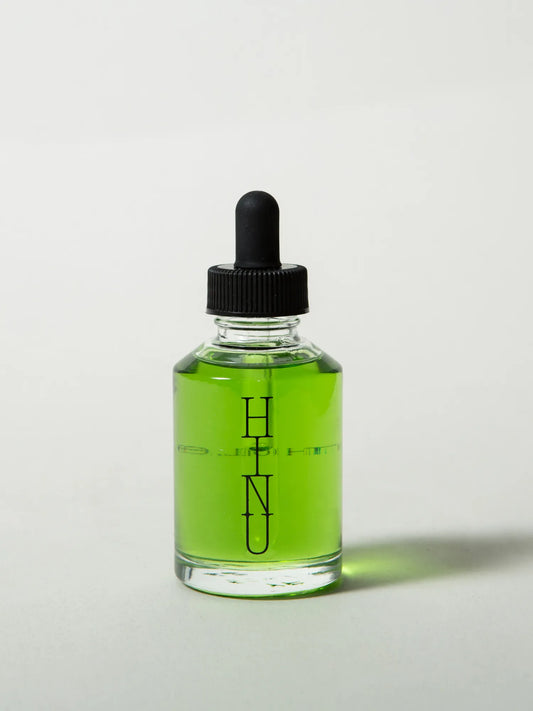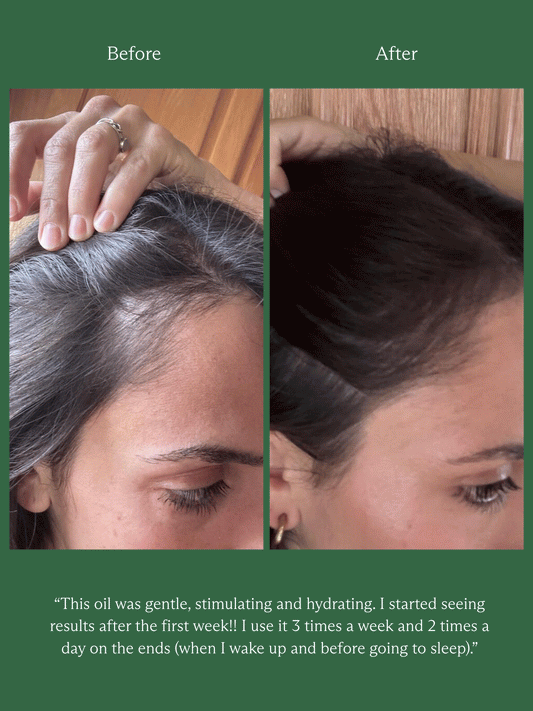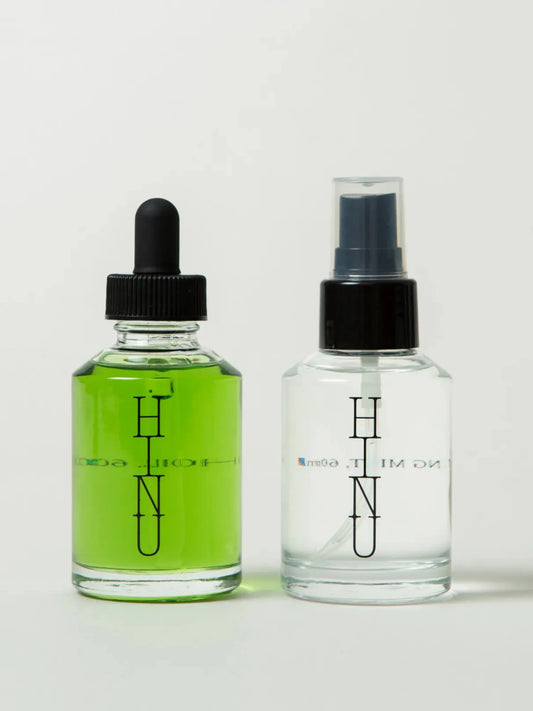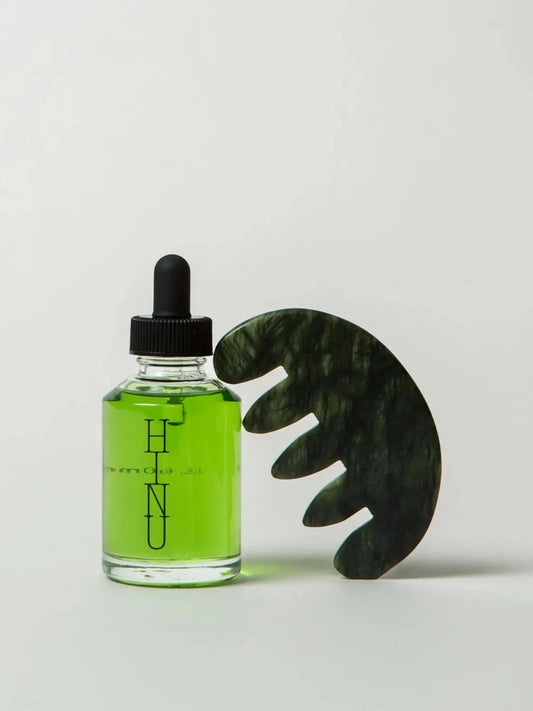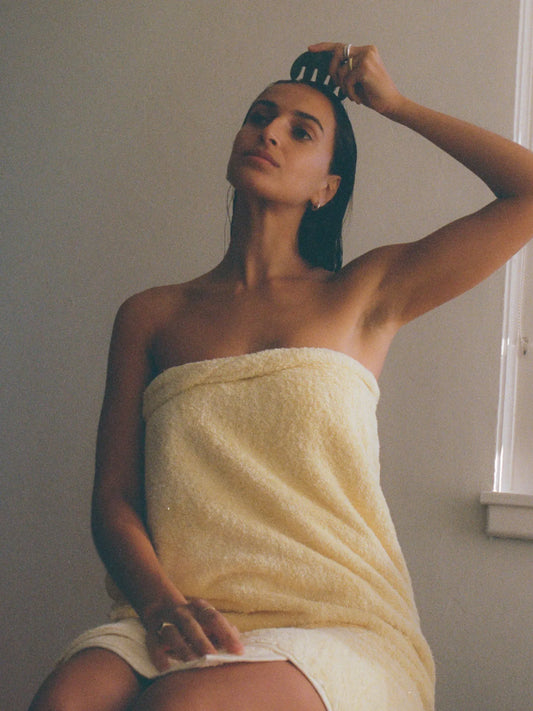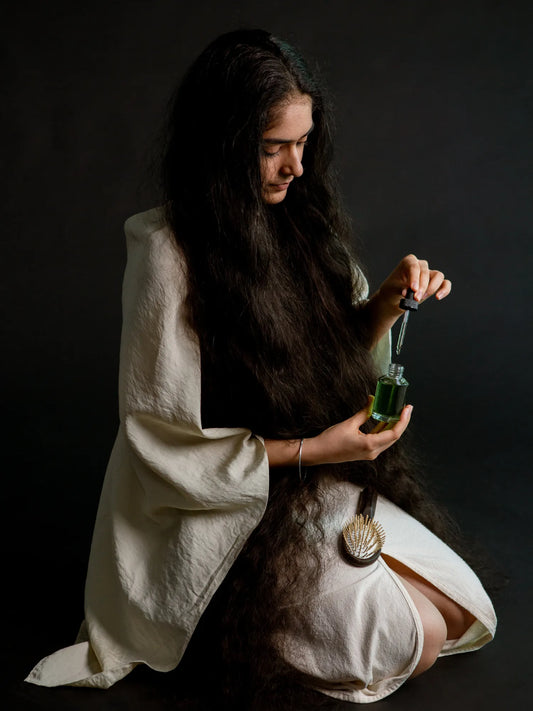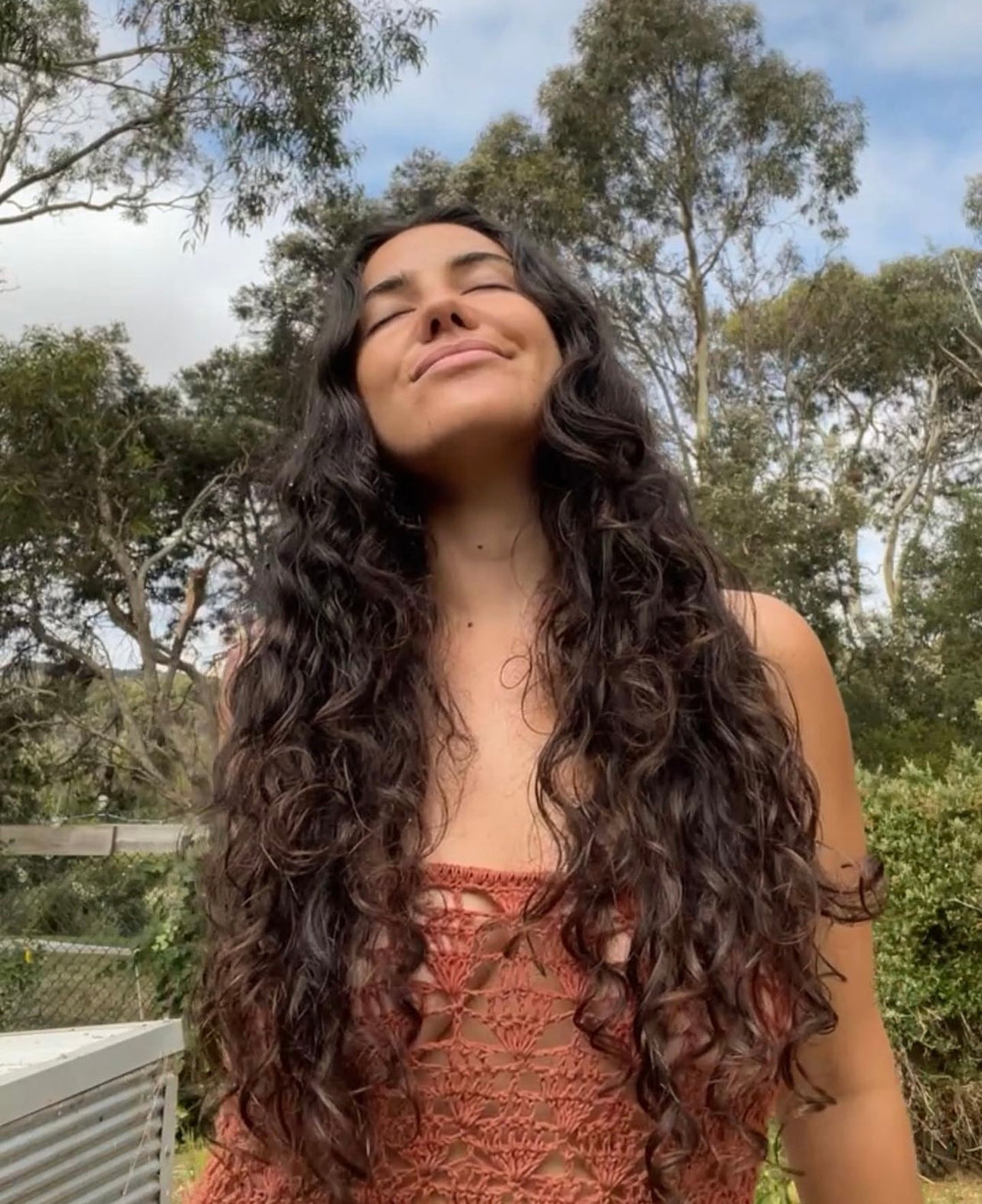
The hidden geometry of curls
It’s been said that nature is an artist, but she is also likely a mathematician. I say this because the curl in your hair isn't just a random twist; it's an outcome of a unique arrangement of proteins and the shape of your hair follicles. What physically separates a curl from a straight line, at its core, it boils down to the structure of the hair follicle and the symmetry of keratin proteins that reside within it. An oval-shaped follicle is more likely to produce a curl than a round one. However, the natural capriciousness of curls doesn't stop at genetics. Imagine a microscopic engineering team, tirelessly at work, designing each individual hair to follow a path set by genetic and environmental influences. Yes, there's a bit of ecology, genetics, and even climatology at play in each ringlet and wave.
Like a wild mushroom can depend on a particular soil pH and forest canopy for its growth, the curl is not an accident but a result of highly specific environmental and biological conditions. Beneath the visible aesthetic is a complex geometry dictated by the shape of hair follicles and the distribution of keratin proteins within them. Even transient hydrogen bonds, formed and broken in accordance with the whims of the weather, become miniature architects, shaping and reshaping the curl. These bonds are mutable, influenced by environmental factors from humidity to wind, and they contribute to the form your curls ultimately assume.
Why curls get thirsty
If you've ever struggled with frizz or dryness, you know that curly hair has its own specific needs. It thirsts for moisture, in part because its coiled structure makes it challenging for natural oils to travel down the hair shaft. It's like a river with more bends; the journey takes longer, and more is lost along the way.
In this way the architecture of curly hair is double-edged. The same structural elements that give it its curl make it challenging to moisturise and prone to fragility. The helical shape of the hair restricts the natural oils produced by the scalp from coating the hair strands effectively. Thus, curly hair is often drier, and paradoxically, more prone to the dreaded 'frizz effect.'
Battling dryness and breakage with oil
Enter hair oiling. This hair care option provides an external source of nourishment that your curly locks are seeking. This is because hair oiling can function as a sort of “moisture seal,” serving to lock in hydration and protect from environmental elements. This doesn’t just prevent dryness; it actually enhances the natural curl pattern by weighing down frizz, offering your curls an opportunity to manifest in all their inherent glory. Moreover, this process can actually fortify the hair shaft, making it less susceptible to breakage.
Oils can offer deep nourishment in a way that many over-the-counter products cannot. Think of it as the difference between fast food and a home-cooked meal; both might satisfy your immediate hunger, but only one truly nurtures you. And it's not just about 'feeding' your hair; the act of massaging oil into the scalp and strands can enhance blood circulation, strengthening roots and enhancing growth.
The art of application
It bears mentioning here that when curls are concerned it is not merely the act of oiling, but the art of it that counts. The type of oil, the method of application, and the duration it remains on your hair can dramatically influence the outcomes. Too much oil may lead to build-up; too little may be ineffective. While applying, it’s wise to adopt a systematic approach. And though the idea of leaving oil on overnight may sound indulgent, a mere few hours can often suffice, provided the oil is worked into the hair thoroughly.
Towards better curl care
For many of us curly hair is more than a physical trait; it's a part of our identity, as well as a fascinating biological feature shaped by forces ancient and modern. Knowing how to care for it aligns you with a broader consciousness: one that appreciates the wisdom in old remedies like oiling, yet understands the need for validation seen through daily practice. As you navigate the world of curl care, may you find the perfect balance between science and tradition - between immediate needs and enduring solutions.
